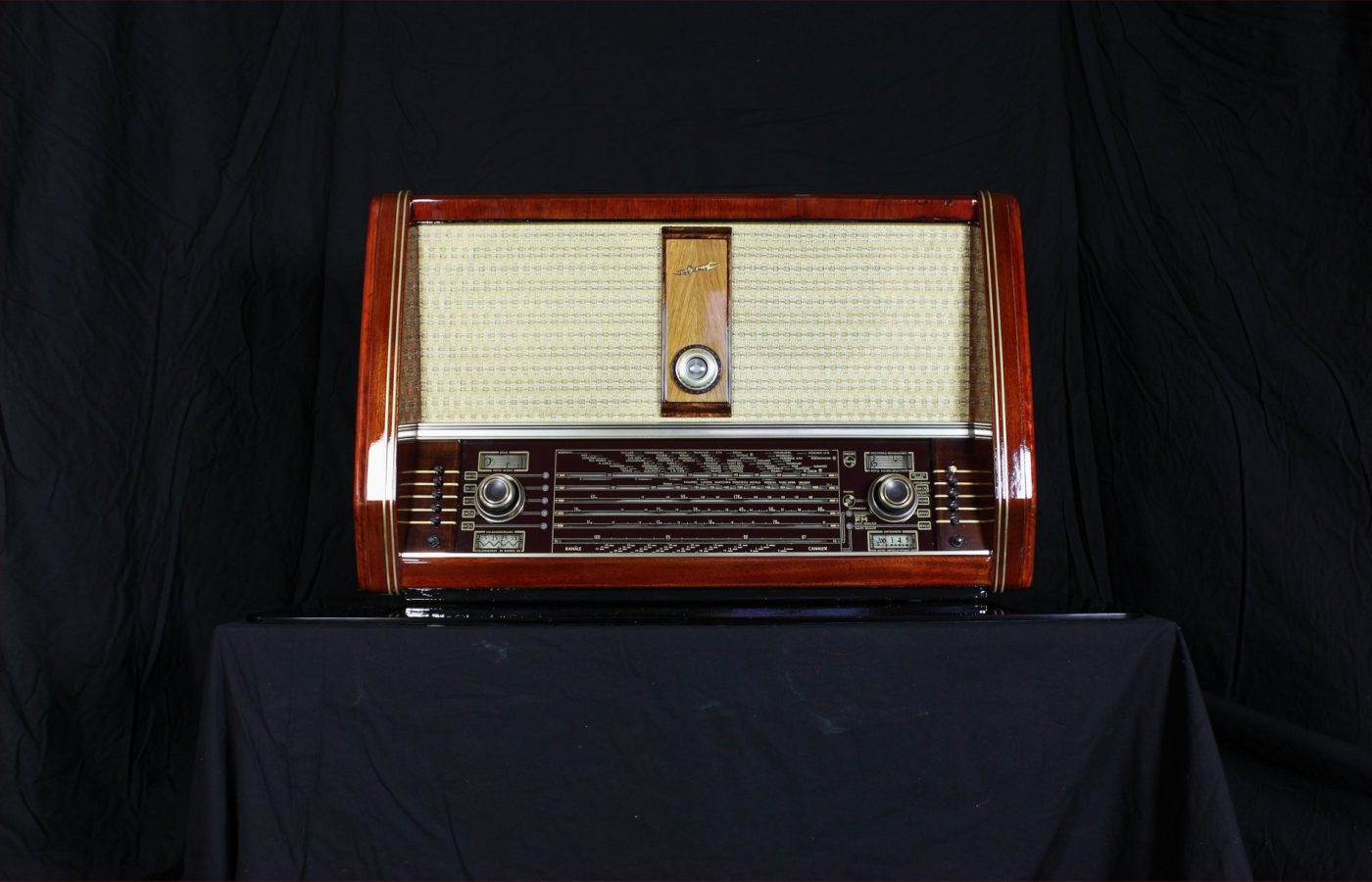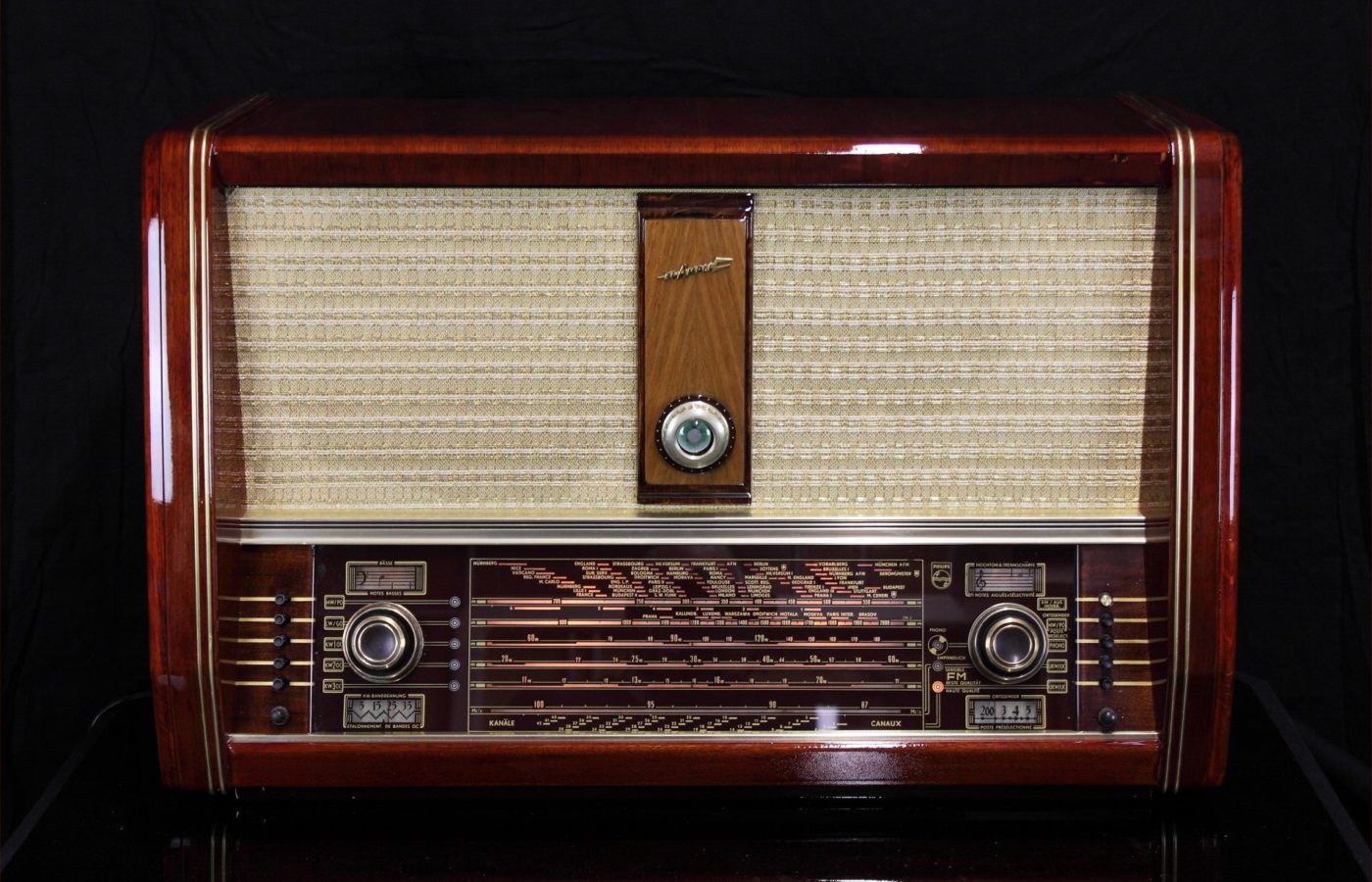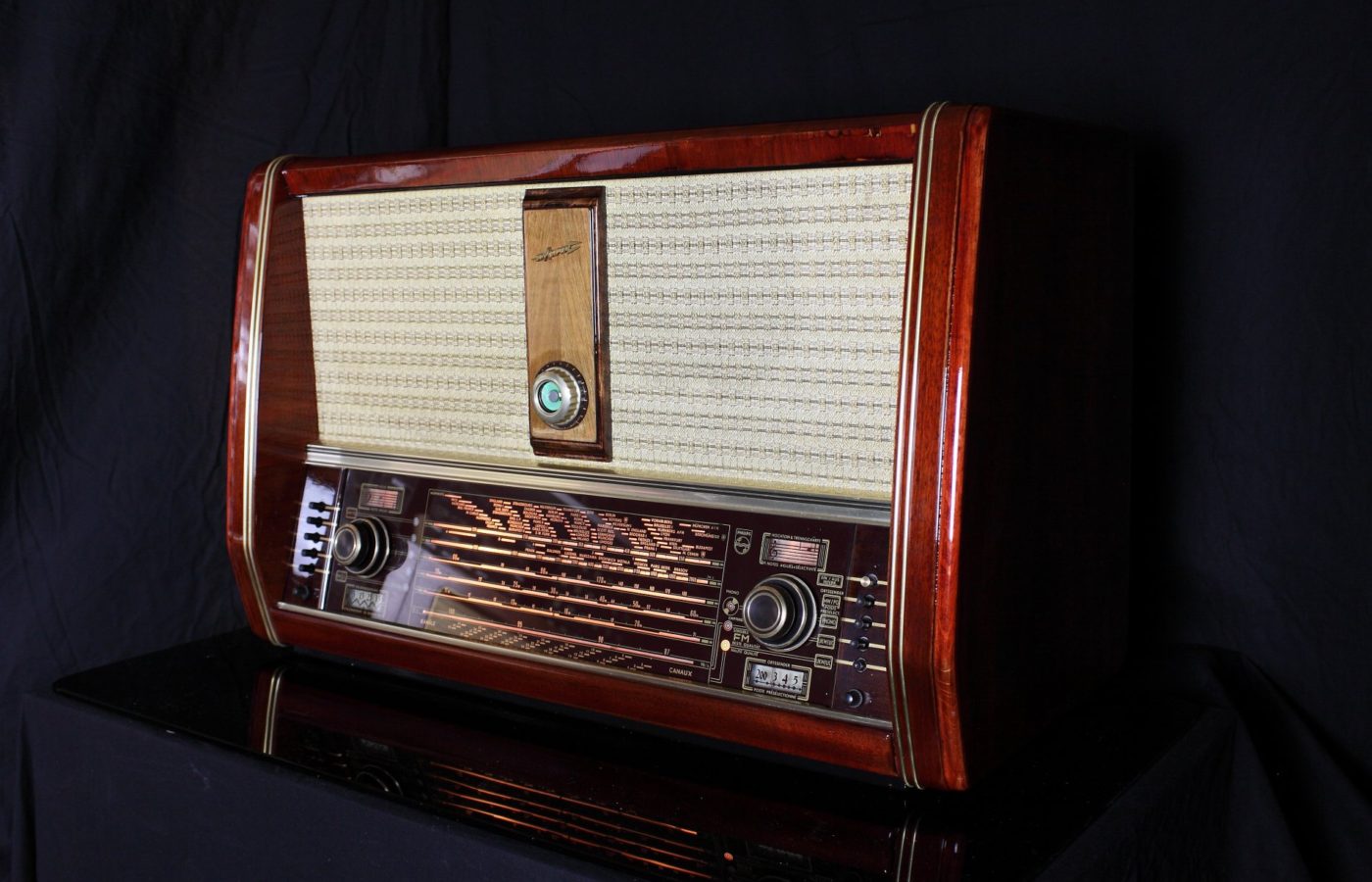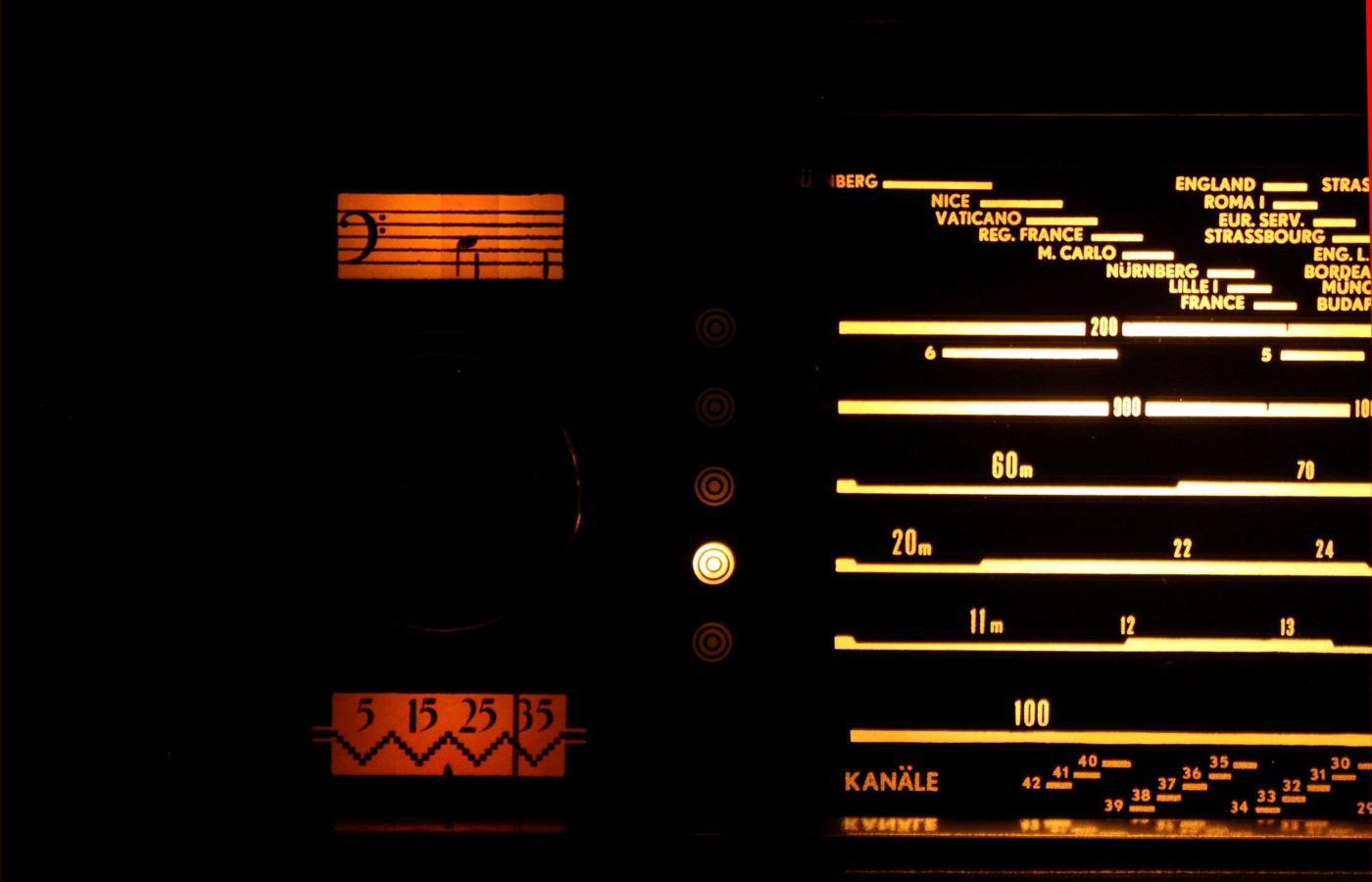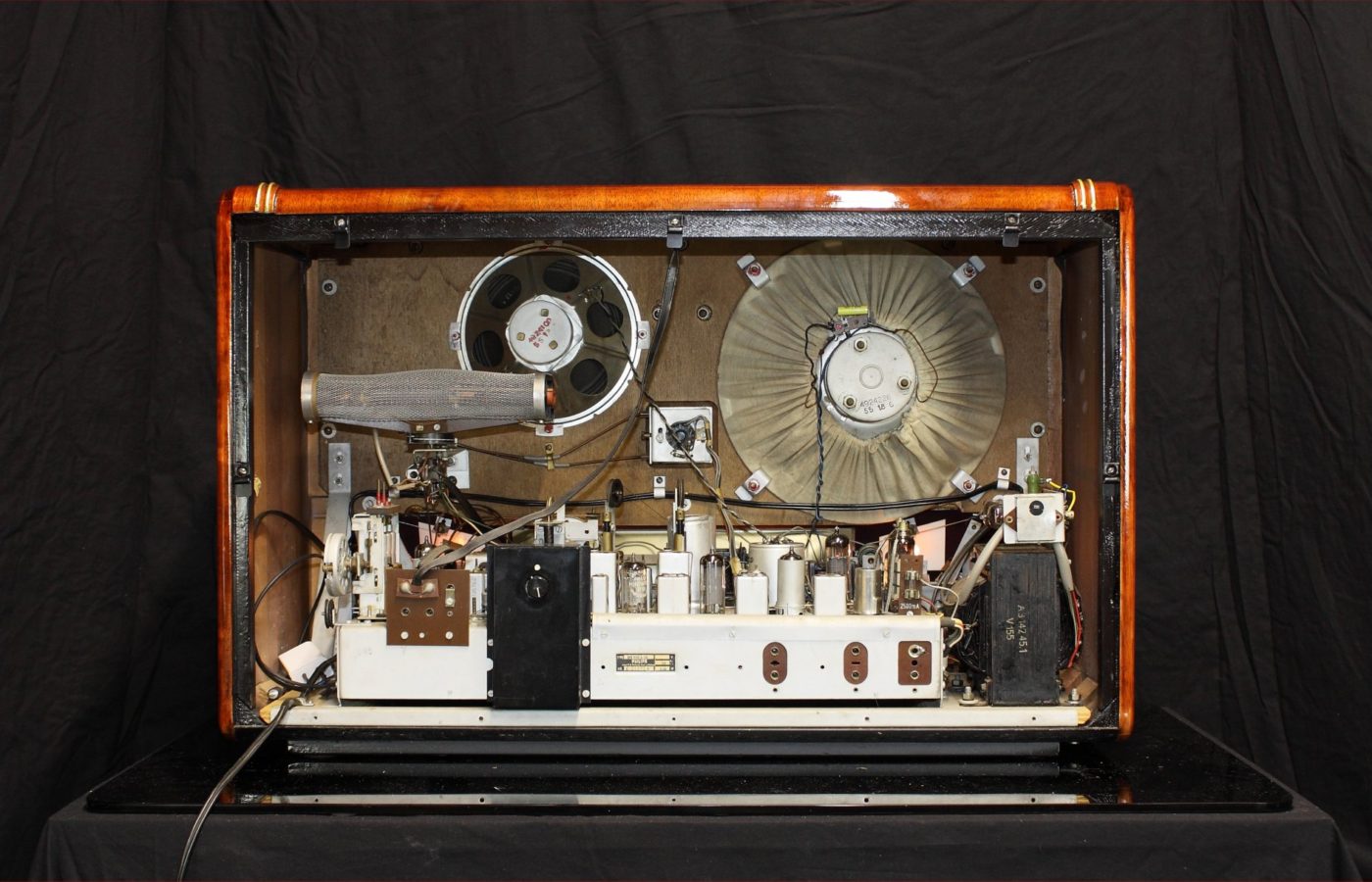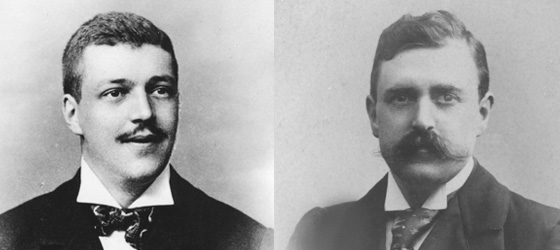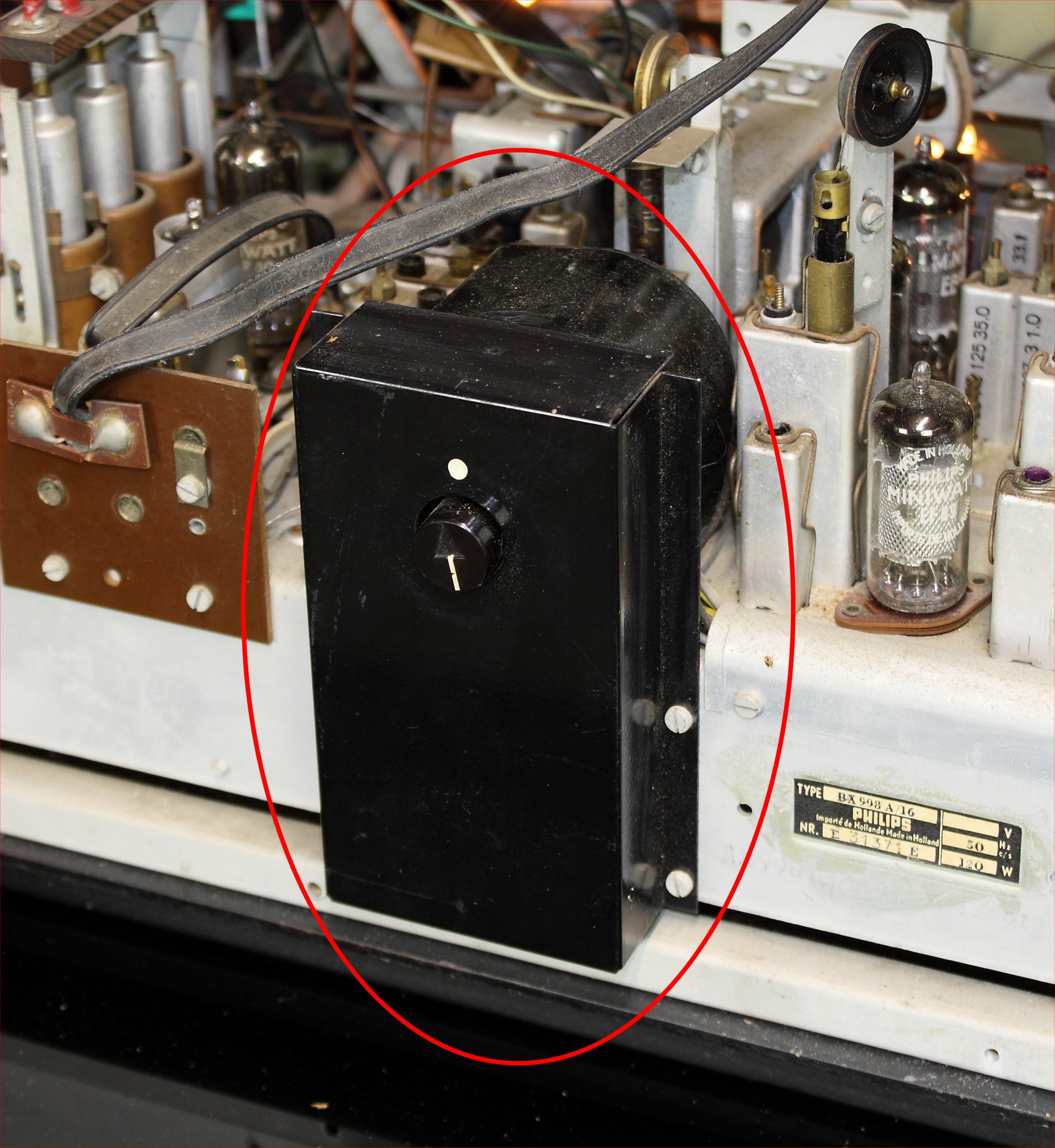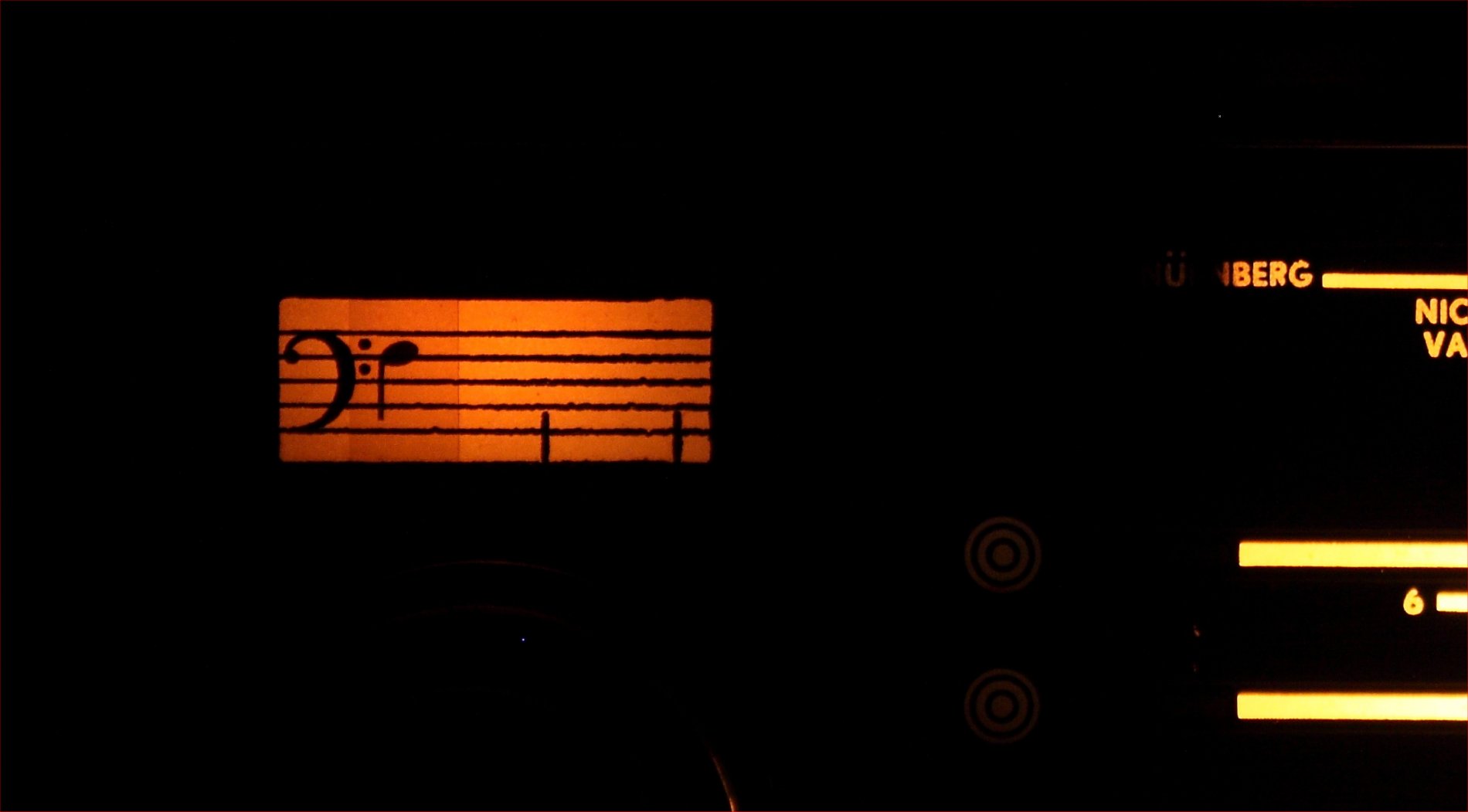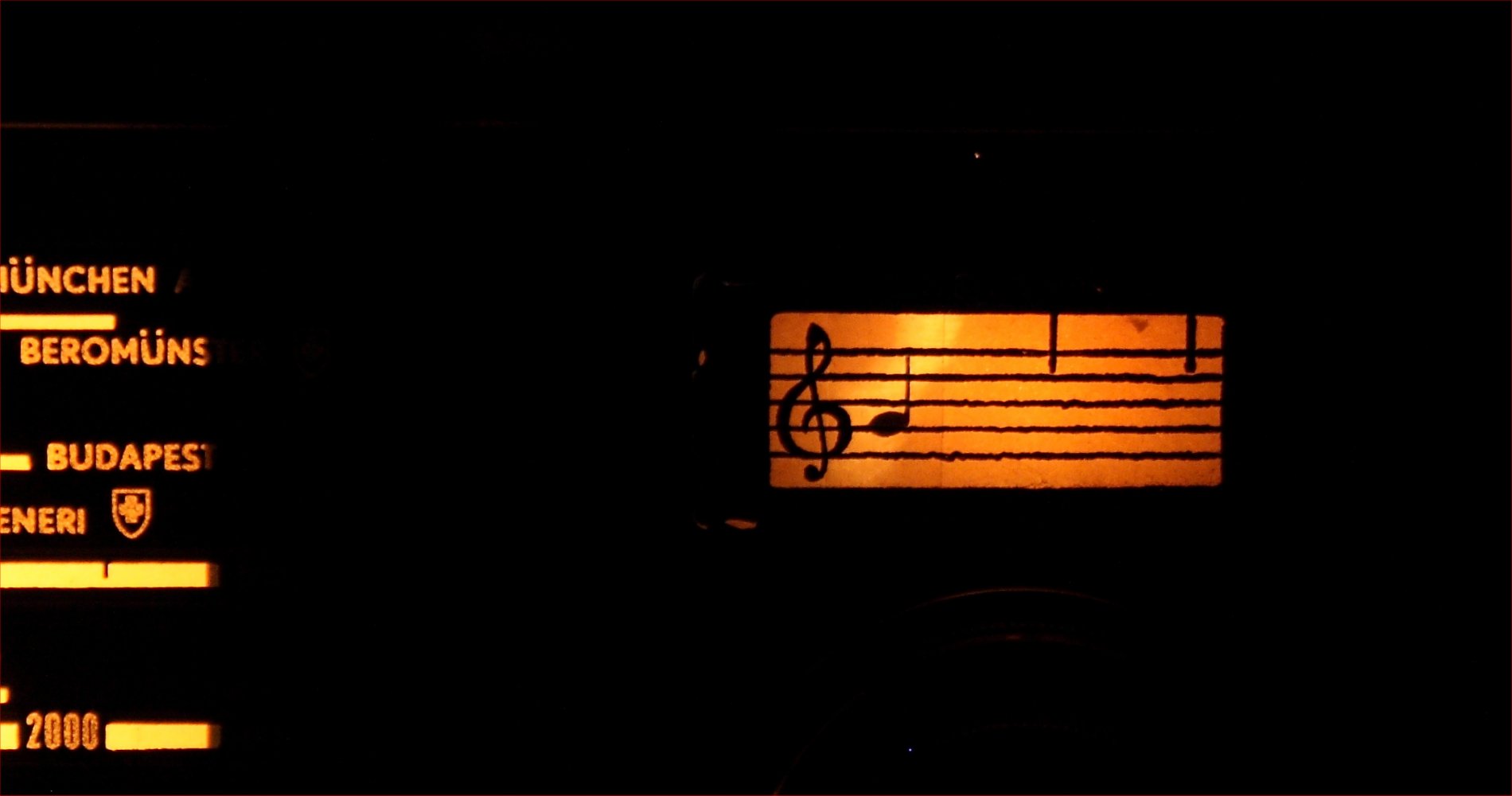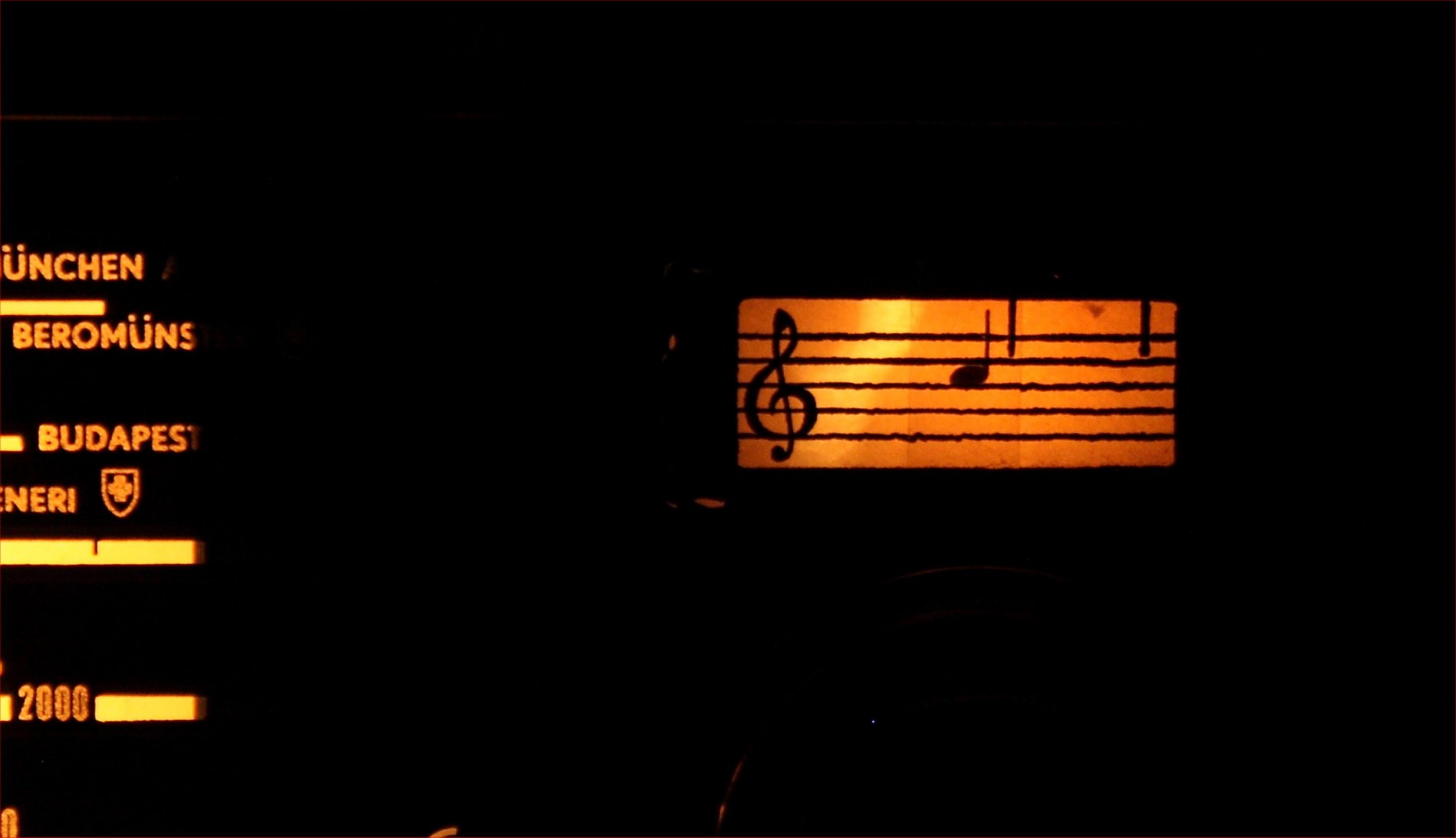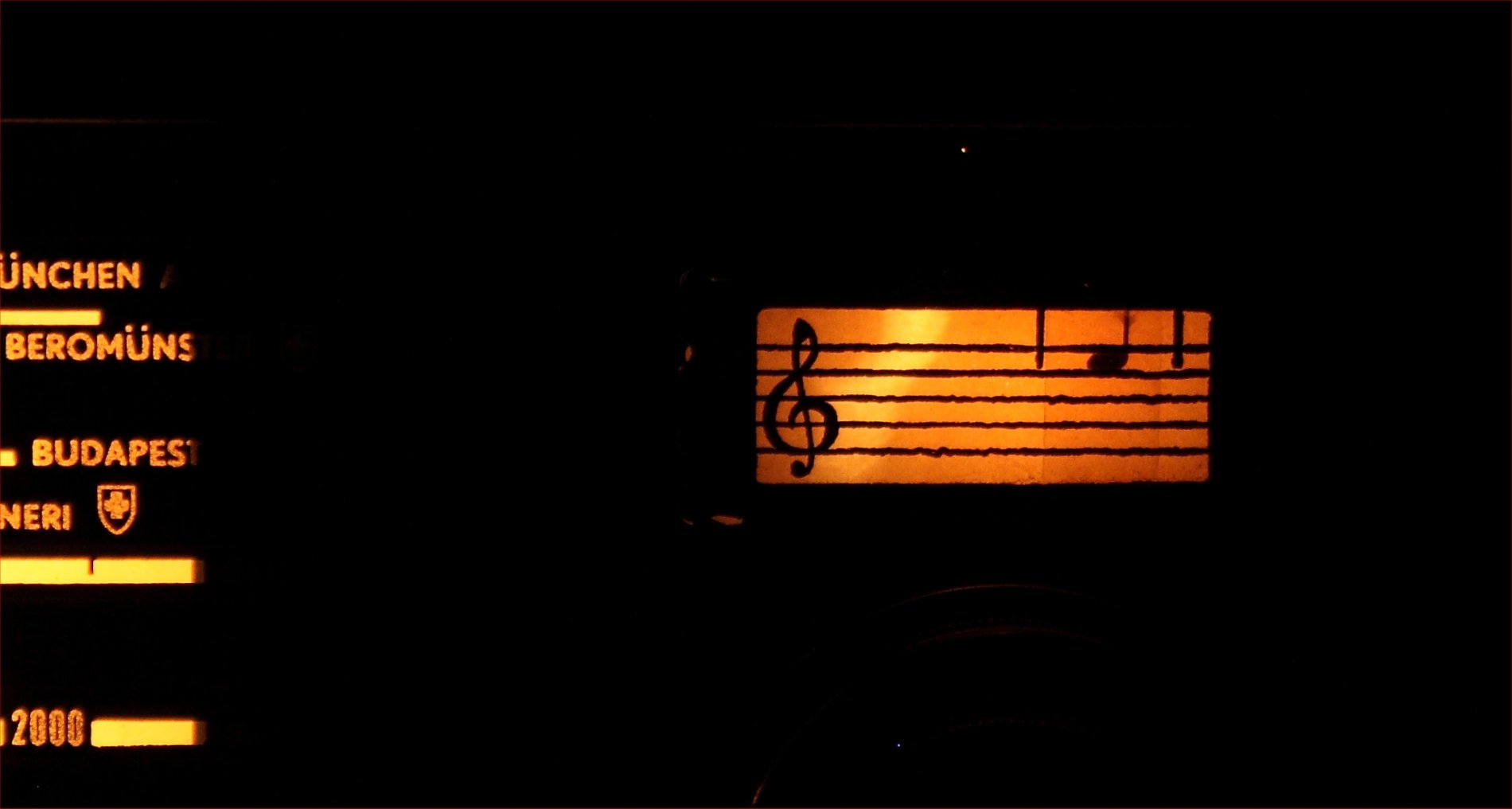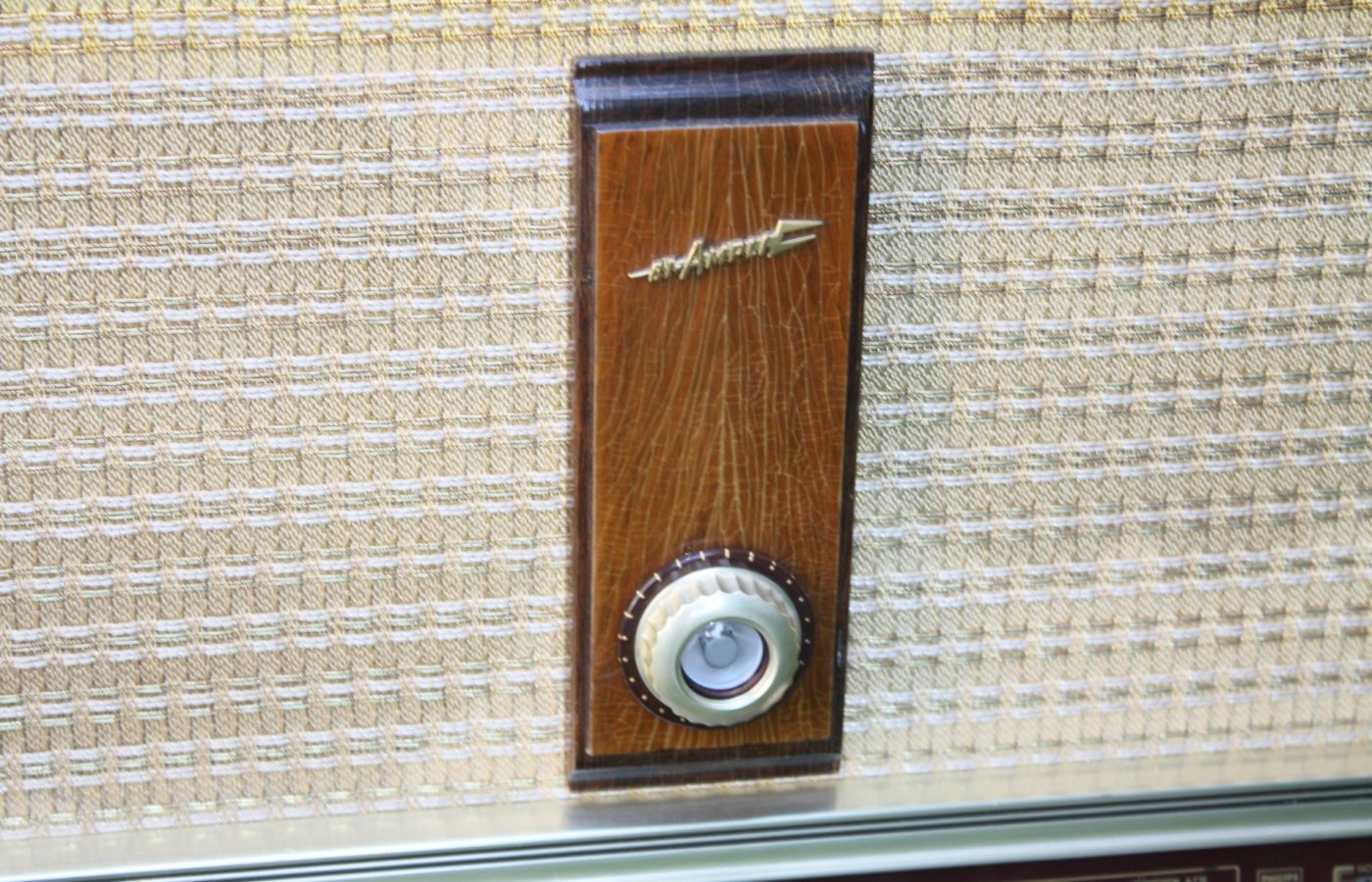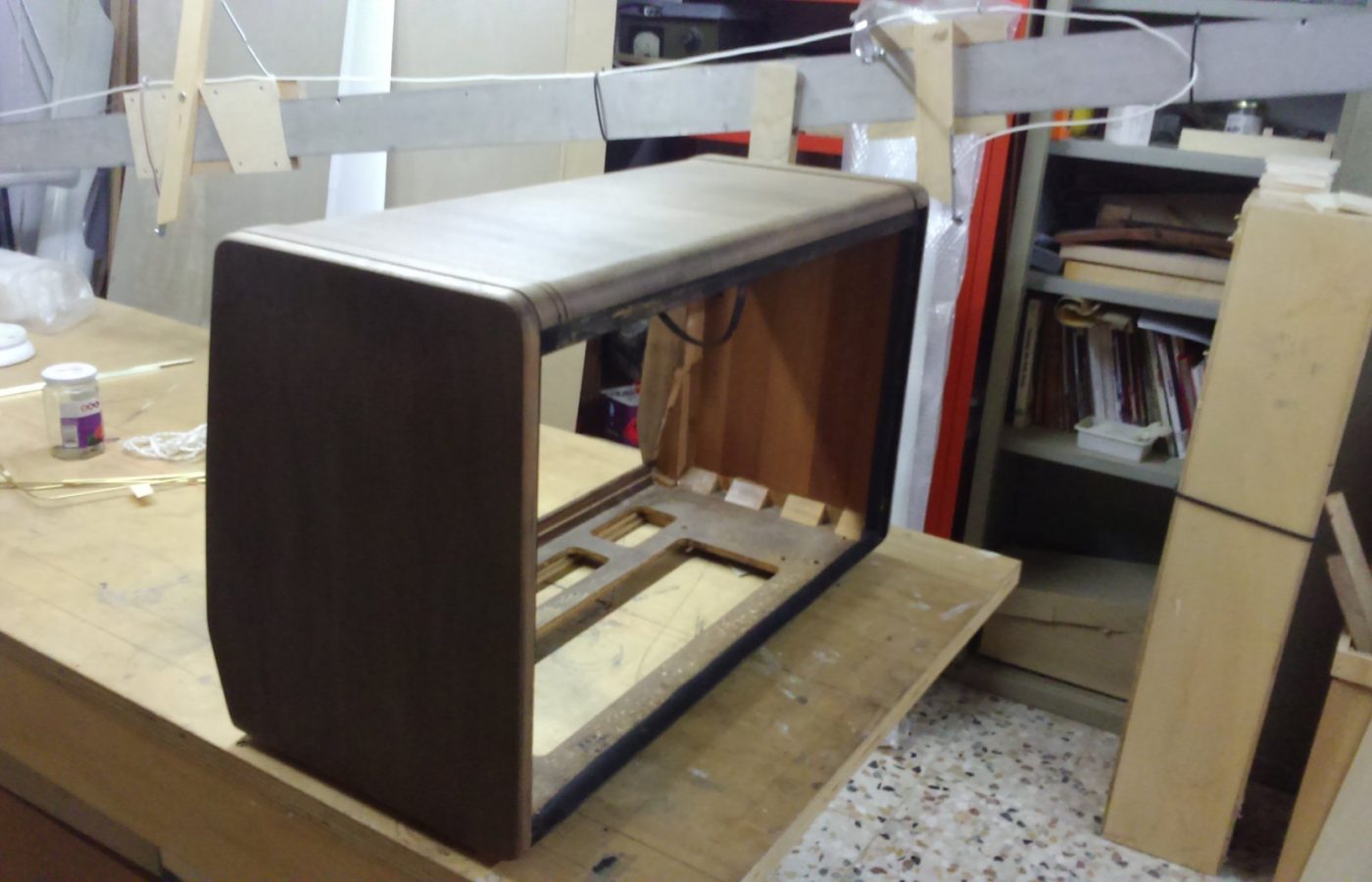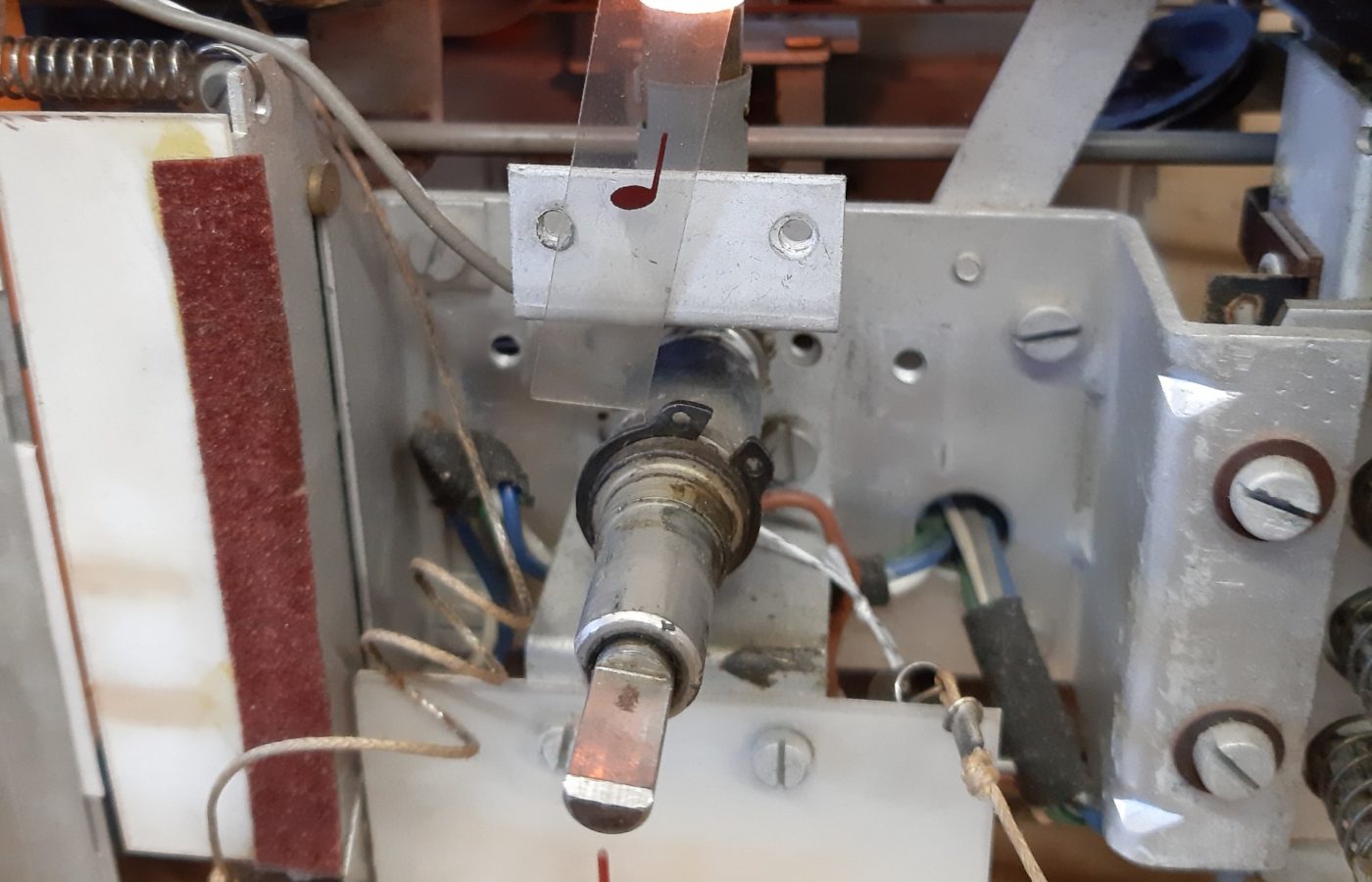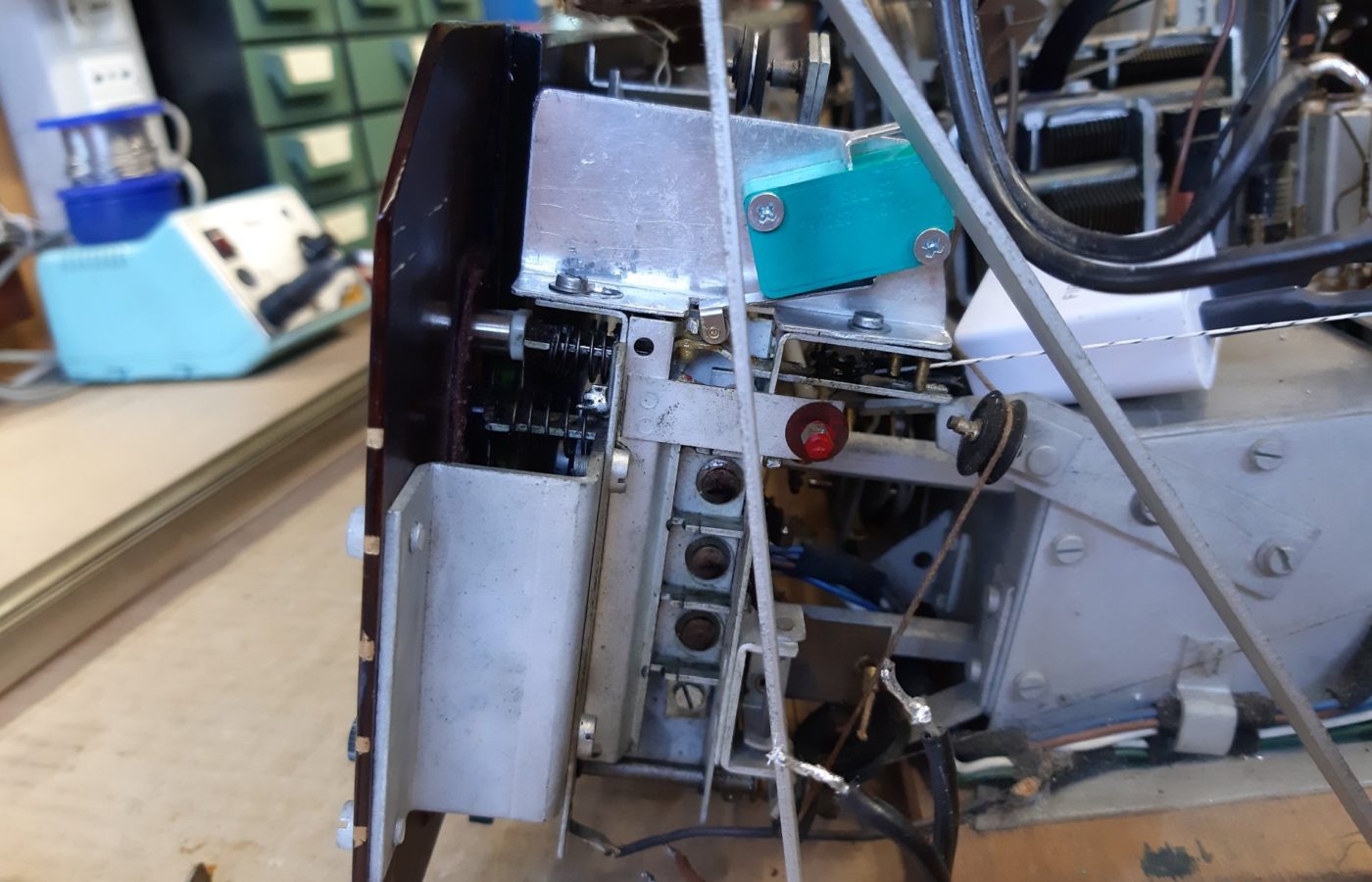 philips - cn
philips - cn
Philips B…
- by giovanni
PHILIPS BX998A
PHILIPS BX998A
The Philips BX998A is the largest and most important radio a valvole device ever built by Philips.
It appears clear that only the performance and exclusivity required by the public to whom such device was addressed were taken into account in the design. There is no other commercial radio built in Europe which is equipped with 16 valves, some of which are double, for an equivalent of 22 single valves.
As I had the opportunity to discuss in the past with some lucky owners of this device, some valves could be saved, reducing the overall price of the device, but, clearly, the price was not the problem, on the contrary.
The Philips BX998A is equipped with some special features that make it exclusive in the context of European production of the time. These are:
- Motorized band selection
- Separate amplifiers for treble and bass
- Ironless Amplifier for the Bass (OTL)
- Double FM band with high and low sensitivity/quality
- Double Medium Wave band to store two simultaneous stations
- Two of the three shortwave bands with separate fine tuning
- High damping with feedback circuit
- High impedance woofer
All these precious things are analyzed in detail in the next page, so I won't talk about them here, in the general description.
The Philips BX998A has considerable dimensions with a front of 71 cm in width and 44 cm in height. The friezes of pure brass and the wooden surfaces of different colors significantly reduce the frontal impact of the cabinet, making it pleasant. The overall design is however the most classic and conservative that could be found at the time. Also in the design the orientation of the project to an audience of a specific social class is evident.
The bass are really deep. This is determined by the separate OTL amplifiers and the 26 cm diameter big woofer.
The excellent 17 cm diameter dual-cone mid-tweeter reproduces the medium and high range very softly.
The arrangement of the speakers favors frontal listening.
The High and Medium Frequency sections.
The FM group has high amplification and stability.
The FM Haute Qualité band is equipped with a automatic noise reduction in the presence of signals below 1.7 uV, the output is muted to avoid rustling and noises when searching for stations.
The deenphasis circuit is set to 50 uS, valid all over the world except for the USA and South Korea. In these countries the filter must be brought to 75 uS.
The AM section is equipped with an orientable antenna for the OM and OL bands. It can be controlled by the crown that surrounds the magic eye on the front.
The medium frequency sections are composed of 9 separate filters for AM and FM. With these filters it is possible to precisely adjust the sensitivity, selectivity and intervention of the noise suppressor.
The listening lacks the nervousness in the trebles which is necessary for the reproduction of Jazz, Rock and post Rock music. In fact, this radio is particularly suitable for listening to symphonic, lyrical and baroque music. The great choirs are expressed with incredilbe dynamism but, at the same time, the madrigal is reproduced with the necessary precision.
But what surprised me was listening to the bordone in Wagner's prelude to "Das Rheingold ". It is unlikely that a radio could do better with these musical genres.
The tracks chosen for the listening are dedicated to Dutch artists, such as the manufacturers of this device.
The first track is Pieter Bustijn's Suite N.6 in A min – Giga.
Pierre Bustijn (1649-1729) was a Flemish composer. Harpsichordist, organist and music box player.
Only his 9 Cembalo Suites survived the destruction of the Middelburg Archive during the Second World War. Almost nothing is known about him, but his nine harpsichord Suites were very popular at the time.
Bach's influence pervades the suites both in their melodies and in their form, clear in their elegant construction.
The second track, by Jan Pieterszoon Sweelinck, is taken from the 2012 KoninginnedagConcert requested by Queen Beatrice for the 450th anniversary of the composer's birth. Sweelinck studied with Gabrieli during his stay in Venice. Andrea Gabrieli (Venice 1510-1586), singer in San Marco, composer of madrigals and musics for triumphal occasions, such as the victory of Lepanto on 7 October 1571.
Sweelinck's great ability was to merge and renew the English counterpoint forms with the choirs of the Italian and German schools.
The reverberations and depth of live recording are noticeable when listening to the file.


![]()
The third track is dedicated to a Dutch harpsichord maker, Willem Kroesbergen.
It is a work by Bach, English Suites, interpreted by Masaaki Suzuki with a harpsichord built by Kroesbergen.
The harpsichord is the largest pluck and keybord instrument. It is used a lot in Baroque music as a continuum performer to build a solid sustenance plot for the piece. The sound is bright and full of harmonics.
Flanders were one of the most important harpsichord production centers. The instruments built by Kroesbergen are regularly used by soloists such as Ton Koopman and Masaaki Suzuki and by groups such as the Bach Collegium Japan and the Musica Antiqua Köln.
The fourth track is the Symphony No.1 "Pan" (1917) by Willem Pijper (1894-1947).
Of humble origin and self-taught, he was a pupil of Johan Wagenaar. He became director of the Rotterdam Conservatory, where practically all the Dutch composers of the 1900s were educated.
He was influenced by Mahler, Fauré, Debussy, up to evolve his research to contemporary music, inspired by Stravinsky and Schönberg.
The chosen track is taken from his first symphony, close to the Mahlerian symphonies. Pijper's later works will be very different.
The last song is by singer Anouk Teeuwe. The song is titled Nobody's Wife. Anouk is an award-winning Dutch singer, born in Den Haag in 1975. Her songs are of good quality, a pure and classical rock that is best expressed in concerts.
历史
In 1891, the brothers Gerard and Anton Philips, started to produce the first incandescent bulbs in Eindhoven.
Later, Philips specialized in the production of electro- medical equipment, and in 1918 introduced the first X-ray tube.
In the following years, Philips began specializing in the broadcasting industry. In 1932 the company succeeded in selling over one million radio equipment and became the world’s first producer.
During the Second World War, Philips transferred to the Netherlands Antilles, and returned to the Netherlands at the end of the conflict.
In the second post- war period, began the production of the first televisions, then the launch of the music cassettes in 1963 and the production of the first integrated circuit in 1965.
In 1982 Philips launched with Sony the first compact disc player.
In 1984 Philips acquired the control of the German Grundig.
In the 90's Philips faced a financial crisis.
In 1991 it inserted on the market the Video CD and it is one of the first companies in the world to develop high definition television.
In 1999 Philips established a joint venture with LG Electronics, named LG Display, which ends in 2009.
In 2006 together with Sony launched the first Blu-ray.
In 2009 Phillips launched the first full-HD LCD TV in 21:9 format.
Phillips holds 48,000 registered patents.
Currently, the production is focused on low- energy lighting products and LED systems and services for diagnostics and production of medical devices.
主要特点
Year of production: 1955
Superetherodyne IF 452/10700
9 AM Circuits
11 FM Circuits
Wavebands::
Long Wave (150-345 KHz)
Medium Wave 1 (517-1620 KHz)
Medium Wave 2 (517-1620 KHz)
Short Wave 1 (1,6-5,2 MHz)
Short Wave 2 (5,1-15 MHz)
Short Wave3 (14,7-26,5 MHz)
FM 1 (87,5-100 MHz)
FM 2 (87,5-100 MHz)
Loudspeakers:
1 woofer
1 mid-tweeter
Dimensions (LHP): 710 x 440 x 317 mm / 28 x 17.3 x 12.5 inch
Net weight: 28,1 kg / 61 lb 15.9 oz
16 Tubes: 2xEBF80, ECH81, EF80, EC92, EM34, EF89,EF85, EAA91, ECC83, EBC41, 2xPL81, EL84, 2xEZ80


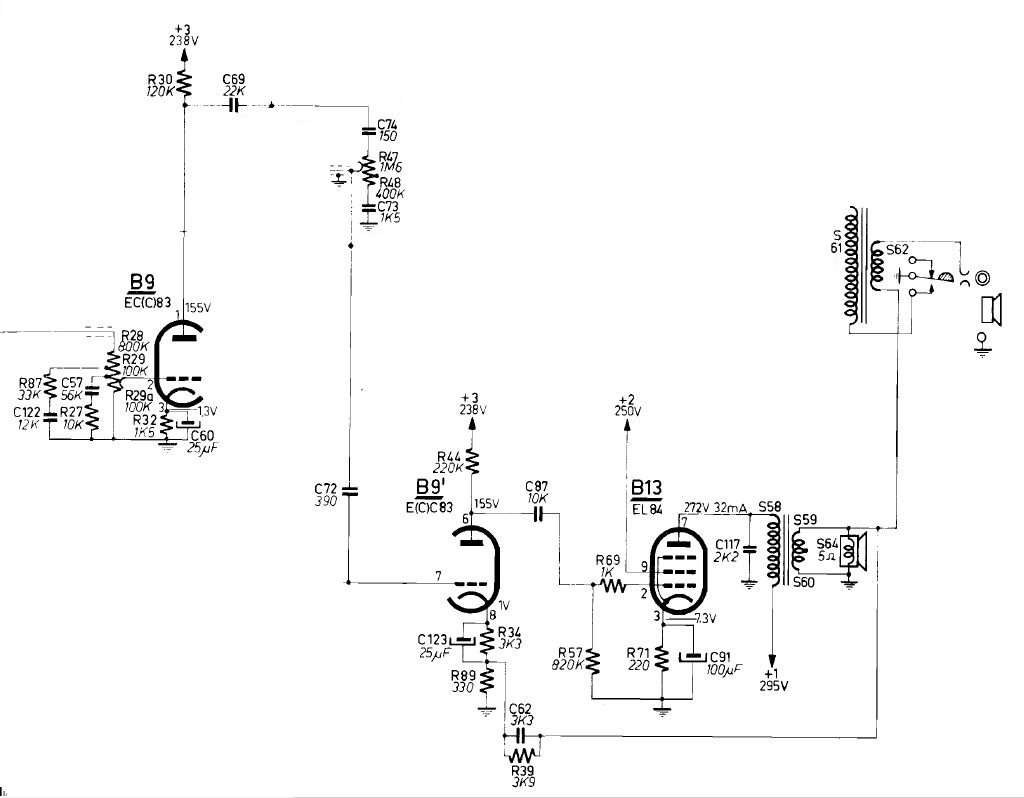
AMPLIFIERS
The output stages are two, distinct, one for low and one for high frequencies.
The first stage of the preamplifier is unique and drives both the output stages. It consists of a section of the ECC83 double triode.
On this section is the volume control with two physiological corrections of the frequency response (loudness). At the output of this section are the two Baxandall type tone controls. At this point the bass and trebles are divided.
The bass tone amplifier is of the SRPP (shunt regulated push pull) type, with no output transformer (known to be the critical point of the stadio finale).
This configuration is still used today in some HIGH-END voltage amplifier.
The output transformer limits the frequency response of the entire amplifier. The bass are limited by the primary winding inductance.
The two PL81 output tube of each channel are connected in series with DC-DC coupling. Each PL81 is configured as a triode.
The output is taken from the cathode of the first PL81. The speaker has an impedance of 700 ohms, identical to the average impedance that occurs on the cadhode, so direct coupling (without transformer) between the output stage and the speaker is possible.
Therefore, the Philips BX998A is totally free from all the problems deriving from the output transformers.
This amplifier controls a 26 cm woofer.
The treble amplifier consists of the second section of the ECC83 double triode and a output pentode, EL84, configured in class A.
The output transformer in this circuit has no critical issues anymore since it cannot be saturated by low frequencies. Moreover, this is a high quality transformer, with the winding layers alternating between primary and secondary.
Finally, the damping of the speaker is kept high by the low dynamic resistance of the feedback circuit.
This amplifier controls a 17 cm Mid-Tweeter.
MOTORIZED BAND SWITCHING
Another feature of the Philips BX998A is the motorized band selection.
On this radio you can hear from nine different possible origins.
Long waves, two bands in medium waves, three bands in short waves, two bands in FM, auxiliary input (Bluetooth).
Given the mechanical complexity, and therefore the fragility, that would have been necessary to build a band selector suitable for Philips, they decided to divide the selector into two separate selectors, one rotating and one slide. The two selectors are mechanically connected to each other.
The rotating switch is operated by a motor which, thanks to a series of switches and cams, rotates the selector to the position determined by the band button that has been pushed.
This mechanism ensures regular rotation and protection of the contacts for a long time.
Of course, the mechanism must be cleaned and lubricated from time to time. Regular maintenance should be done at least every 10 years.
I understand that we live in an era where an 8-month device is considered obsolete, but for these machines it is not like that.
During the rotation of the motor, a Muting circuit start, therefore no annoying noise is reproduced on the speakers.
调谐指示器
调谐指示当然已经被更换

LOUDSPEAKERS
Two speakers are used in this device:
Philips 9758A
Woofer
Diameter 26 cm/10.2"
Frequency response 45-10.000
Impedence 700 ohm
Philips 9768M
Mid-Tweeter doppio cono
Diameter 17 cm/6.7"
Frequency response 95-15.000
Impedence 5 ohm
A connection with external 5 ohm speakers is provided, however leaving all the other speakers active.
控制面板

2 - MW1 button
3 - LW button
4 - SW1 button
5 - SW2 button
6 - SW3 button
7 - Fine Tuning knob for SW2-SW3
8 - Bass display
9 - Bass knob
10 - Loudness knob
11 - Fine Tuning display for SW2-SW3
1 - ON/OFF switch
12 - Treble display
13 - Treble knob
14 - Tuning knob
15 - MW2 display
16 - MW2 button
17 - AUX button
18 - FM1 button (High Sensibility)
19 - FM2 (High Quality)
20 - MW2 knob
恢复步骤
呈现美丽的形象


